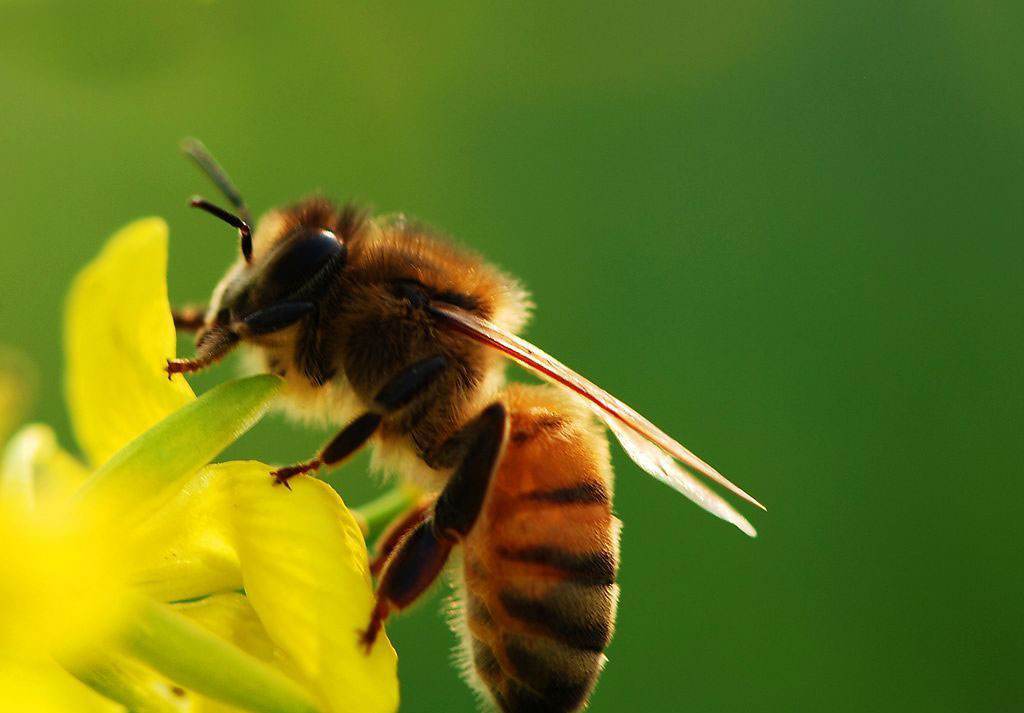Bees take on different jobs in a bee hive according to their age.
蜜蜂的年齡不同,在蜂群中的分工也不同。
Many become food scouts when older, but not all scouts are the same.
隨著年齡增長,很多蜜蜂會成為“食物偵察兵”,但所有“偵察兵”的分工也不同。
Some search for new flowers, while others fly to and from established nectar sources.
一些去尋找新的花朵,其他的則往返于已確定的花蜜來源。
A team of scientists wondering if some bees might be natural risk takers decided to put that question to the test.
一組科學家好奇有的蜜蜂是否天生就是“冒險者,于是他們決定借實驗尋找答案。

They placed a hive in an enclosure with a feeder of sugar water and marked each bee that visited the feeder.
他們把蜂巢移到一個柵欄中,柵欄周圍放置了裝有糖水的喂食器,他們將每個去過喂食器的蜜蜂都做上標記。
A few days later, they added second feeder and marked the bees that found that one.
幾天后,科學家們又安置了第二個喂食器,并將飛到此處的蜜蜂做了標記。
Challenging the bees again, they moved the second feeder to a new location and marked the bees that discovered that location too.
為了再次測試蜜蜂,他們將第二個喂食器重新換了位置,再將發現新位置的蜜蜂做了記號。
Bees that found new feeders both times were called scouts, while bees that only gathered nectar at the old feeder were called non scouts.
兩次發現新喂食器的名為“尋蜜蜂”,而只在原先喂食器內采蜜的蜜蜂名為“保育蜂”。
譯文為可可英語翻譯,未經授權請勿轉載!











